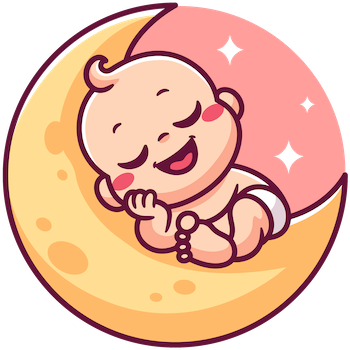In recent years, sound machines have become a staple in many nurseries, touted for their ability to help infants sleep more soundly. Despite their popularity and perceived benefits, the American Academy of Pediatrics (AAP) has raised a red flag concerning their potential to contribute to hearing loss in children. This startling warning compels parents to reconsider the seemingly innocuous sleep aids that have taken the parenting world by storm.
At the heart of the AAP’s concerns is the volume level at which many sound machines operate. Often, these devices exceed safe noise thresholds, posing a risk to developing auditory systems. The AAP suggests that the maximum safe volume in a nursery should be no more than 50 decibels—approximately the sound level of a quiet conversation. Alarmingly, many commercially available sound machines surpass this limit, potentially exposing infants to harmful sound levels from an early age. This cumulative noise exposure can lead to irreversible hearing damage over a lifetime, fundamentally altering how we need to approach infant care.
What many parents may overlook is that infants are not only subjected to the sound generated by machines but also to various environmental noises. Research highlights that children are exposed to risks of hearing impairment from multiple sources, including personal listening devices and general urban noise. The risks are particularly pronounced for families from lower socioeconomic backgrounds, who may be exposed to louder ambient noises daily. The reality is stark: over a billion young individuals across the globe are at risk of developing hearing deficiencies due to environmental factors.
If a sound machine remains a necessary tool for your family, it is crucial to approach its use with care. Parents must understand how to operate these devices responsibly by keeping volume levels within recommended limits. Alternatively, exploring other strategies to provide a conducive sleep environment might be essential. For example, white noise from natural sources, like fans or air conditioning units, can help promote sleep without posing the same risks as electric machines.
The AAP is urging pediatricians to provide guidance to families about the safe use of sound machines. As a caregiver, it becomes part of your responsibility to advocate for your child’s hearing health. Awareness and proactive strategies can not only extend the sleep benefits associated with sound machines but also safeguard against auditory damage.
While sound machines can serve a useful purpose in promoting better sleep for infants, they can also introduce risks that should not be ignored. The warnings from the AAP underscore the need for parents to prioritize the hearing well-being of their children by monitoring noise levels carefully and choosing safe alternatives when necessary. Becoming informed and making thoughtful choices in the nursery can ultimately contribute to a healthier auditory environment for our youngest family members.

